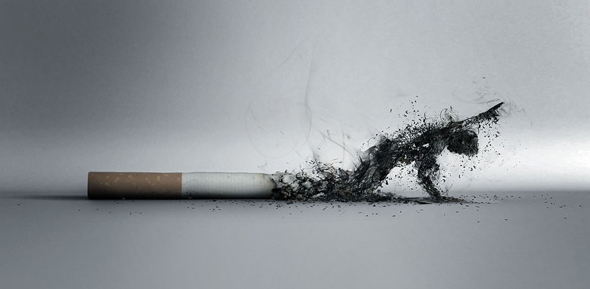Tobacco companies in India will have to stamp health warnings across 85 per cent of the surface of cigarette packs and other products, joining nations such as Thailand and Australia with stringent marketing rules.
Up to 900,000 Indians die every year of diseases related to tobacco use. That number could reach 1.5 million by 2020 if users cannot drop the habit, the International Tobacco Control Project estimates.
Besides illustrations showing the negative effects of smoking, packets will be required to carry the word “WARNING” and the phrase “Smoking causes throat cancer”, the Health Ministry said. Similar warnings would be required on other tobacco products.
India ranked 136th on a list of 198 countries that use pictures on packs to warn off smokers.
Thailand, Australia and Uruguay all require that 80 per cent or more of the surface of a cigarette packet be covered with warnings. Australia has adopted plain packaging to prohibit display of a tobacco company’s logos.
TOBACCO PROBLEM
More than 4,000 different chemicals have been found in tobacco and tobacco smoke. More than 60 of these chemicals are known to cause cancer (carcinogens).
Nicotine is a drug found in tobacco. It is highly addictive – as addictive as heroin or cocaine. Over time, a person becomes physically and emotionally addicted to, or dependent on, nicotine.
Almost 30 percent of the Indian population older than age 15 uses some form of tobacco. Men use more smoked tobacco than smokeless tobacco. Women are more likely to use smokeless (chewed) tobacco. Beedis are smoked more than cigarettes.
Other than cigarettes, Indians consume tobacco in several forms, including chewing tobacco called ‘gutka’ and hand-rolled traditional cigarettes called ‘beedis’. Several states have imposed a ban on gutka sales.
In 2011, tobacco-related diseases suffered by people aged between 35 and 69 cost the economy more than 1.4 trillion rupees (S$29 billion).





